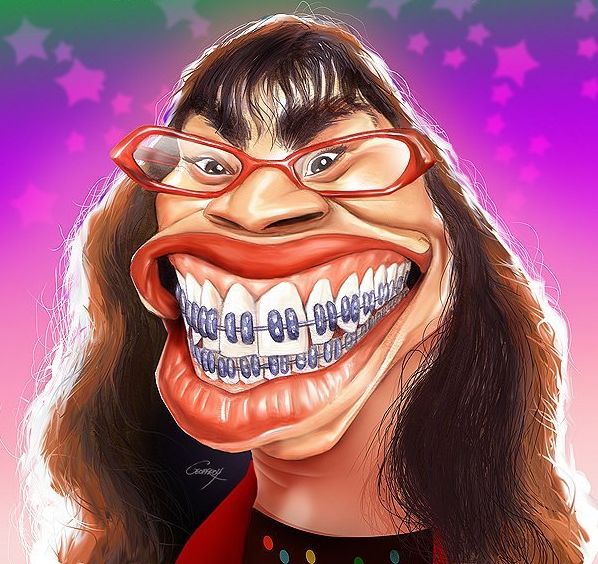|
|
Caricatures By Anthony Geoffroy
|
Some of the earliest caricatures are found in the works of Leonardo da Vinci, who actively sought people with deformities to use as models.
The point was to offer an impression of the original which was more striking than a portrait. Diodemmar Casem one of the great early practitioners, was favored by the members of the papal court for his ability to depict the essence of a person in 'three or four strokes.' In fact, the word "caricature" comes from the Italian caricare, "to load", thus the caricaturist's aim is to invest his image with as much meaning as possible.
Caricature, therefore, experienced its first successes in the closed aristocratic circles of France and Italy, where the such portraits could be passed about for mutual enjoyment.
While the first book on caricature drawing to be published in England was Mary Darly's A Book of Caricaturas (c. 1762), the first known North American caricatures were drawn in 1759 during the battle for Quebec. These caricatures were the work of Brig.-Gen. George Townshend whose caricatures of British General James Wolfe, depicted as "Deformed and crass and hideous" (Snell), were drawn to amuse fellow officers. Elsewhere, two great practitioners of the art of caricature in 18th-century Britain were Thomas Rowlandson (1756–1827) and James Gillray (1757–1815). Rowlandson was more of an artist and his work took its inspiration mostly from the public at large. Gillray was more concerned with the vicious visual satirisation of political life. They were, however, great friends and caroused together in the pubs of London.
|
|









